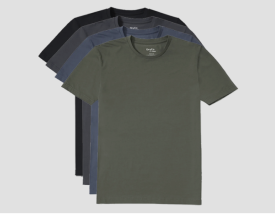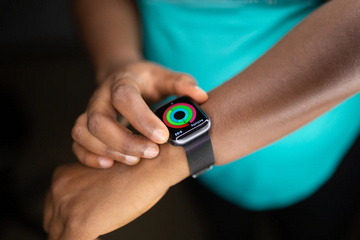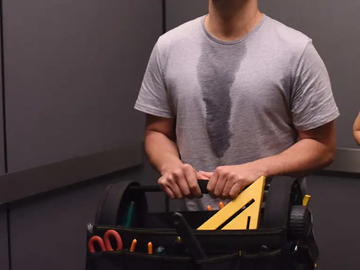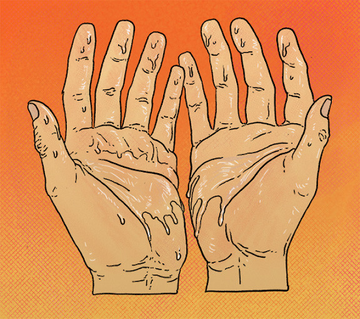What if your sweat wasn’t a source of embarrassment, but a source of fuel?
A new study is asking that very question. The sweat we produce has potential energy, but harvesting that energy efficiently enough to be effective has inhibited its use. With modern technology, sweat may just be the next body fuel.
Use of Sweat as a Biofuel
The power grid isn’t switching over to perspiration power sources anytime soon. Nor will we start filling up cars or jetliners from our sweat glands. But for smaller devices, sweat may become the next green energy.
The study above proposes the use of sweat energy to power smartwatches and other wearables. To absorb the energy, textile-based biofuel cells are incorporated into moisture-wicking fabrics with an energy-harvesting layer.
How it Works
Specialized clothes allow the wearer to absorb and convert energy from sweat. Wearables then use this energy as their power source.
The moisture-wicking fabric acts as a transport medium for the biofuel (sweat). As we perspire, it absorbs and efficiently wicks away the sweat into the energy-harvesting layer. This layer then delivers the sweat into a multi-stack glucose biofuel cell.
Inside the biofuel cell, the sweat provides ambient energy, causing a chemical reaction that generates sufficient energy to power most wearables. The energy is available for immediate use or storage.
Does it Work?
As dystopian as perspiration-powered wearables may seem, it’s hardly the strangest thing 2020 has brought. Even though the power source may sound dirty, sweat is a clean energy source. Which is something our world is deeply in need of.
The study successfully demonstrates that the biofuel cell can generate sufficient energy to power small wearables. The study in question used the fuel to power a sports watch, showcasing the ability to power it on and maintain sustained usage.
Not only does the biofuel cell work, but it also works with other lactose and glucose producing body fluids, like urine. And you thought sweat-power sounded gross!
If the technology can gain traction with the regular population it could easily come to market soon. With low cost-technology and a functioning product, this technology could easily be viable in the near future. The only major obstacle is getting people to adopt this unconventional fuel source.
As larger personal devices, like phones and tablets, are developing increasingly efficient batteries, we could easily see the application of sweat power expanding within the next decade.
Advanced Moisture-Wicking Fabrics
Moisture-wicking fabrics aren’t just for strange biofuels and sportswear. They’re one of the most effective options to combat everyday sweat. From under your business wear to part of your weekend wardrobe, sweatproof clothing is now made for daily wear.
They keep you cool and comfortable, wicking away sweat before it can soak into your favorite clothes, or cause body odor. A moisture-wicking undershirt fits comfortably under button-ups and sports jackets, and a sweatproof t-shirt looks great on its own. So no matter where your day takes you, you can stay dry and pit stain-free!
Shop advanced moisture-wicking fabrics from Neat Apparel.








